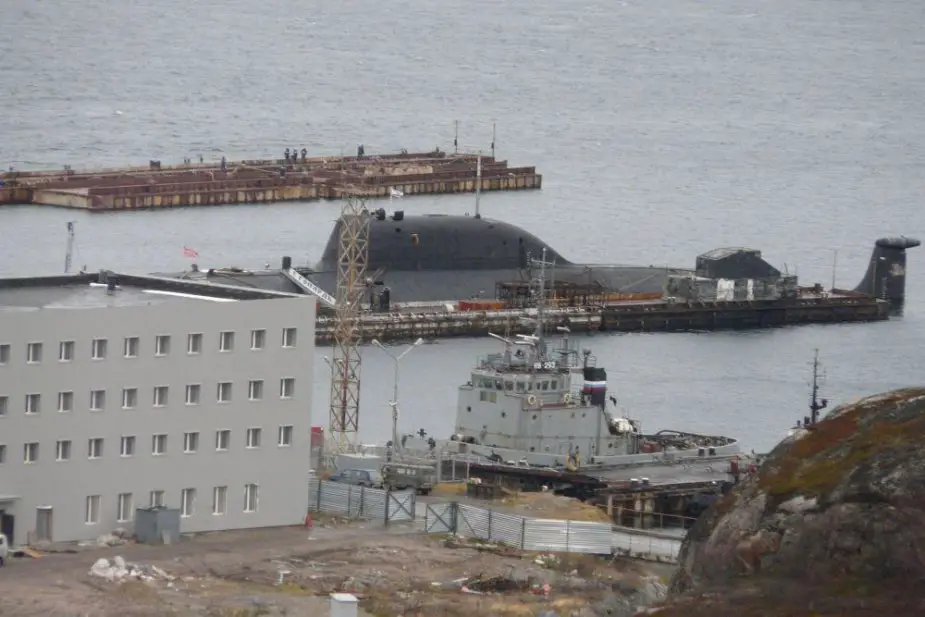Breaking news
Russian Akula class submarine Tigr to be armed with Kalibr missiles.
According to information published by Tass on July 14, 2022, the Project 971 (Akula class) Tigr nuclear-powered submarine will be armed with Kalibr-PL cruise missiles.
Follow Navy Recognition on Google News at this link
 Russian Navy's Akula class submarine Tigr (Picture source: RG)
Russian Navy's Akula class submarine Tigr (Picture source: RG)
The Tiger submarine has been under repair since 2019. The submarine belongs to the multi-purpose submarines of the "Shchuka-B" (Akula according to NATO classification) type, whose main tasks are the fight against enemy attack submarines and the protection of their own strategic nuclear submarines.
The K-154 Tigr is an Akula-class submarine in the Russian Navy. The submarine was laid down on 10 September 1989 at Sevmash, Severodvinsk. Launched on 26 June 1993 and commissioned on 29 December 1993. On 27 July 1991, she was renamed Tigr.
Akulas (excluding Nerpa) are armed with four 533 mm torpedo tubes which can use Type 53 torpedoes or the RPK-2, RPK-6 missile, and four 650 mm torpedo tubes which can use Type 65 torpedoes or the RPK-7 missile.
These torpedo tubes are arranged in two rows of four tubes each. The external tubes are mounted outside the pressure hull in one row, above the torpedo tubes, and can only be reloaded in port or with the assistance of a submarine tender. The 650 mm tubes can be fitted with liners to use the 533 mm weaponry. The submarine is also able to use its torpedo tubes to deploy naval mines.
About the Kalibr cruise missile
The 3M-54 Kalibr, (Калибр, caliber), also referred to it as 3M54-1 Kalibr, 3M14 Biryuza, (NATO reporting name SS-N-27 Sizzler and SS-N-30A), 91R1, and 91RT2, is a family of Russian cruise missiles developed by the Novator Design Bureau (OKB-8).
There are ship-launched, submarine-launched, and air-launched versions of the missile, and variants for anti-ship, anti-submarine, and land-attack use.
Some versions have a second propulsion stage that initiates a supersonic sprint in the terminal approach to the target, reducing the time that the target's defense systems have to react, while subsonic versions have a greater range than the supersonic variants. The missile can carry a warhead weighing up to 500 kg of explosive or a thermonuclear warhead.
The missile is designed to share common parts between the surface and submarine-launched variants but each missile consists of different components, for example, the booster. The missile can be launched from a surface ship using a Vertical Launch System (VLS).
It has a booster with thrust vectoring capability. The missile launched from a submarine torpedo tube has no need for such an addition but has a conventional booster instead. The air-launched version is held in a container that is dropped as the missile launches, detaching from the container.
There are several claims about the maximum range of Kalibr land-attack versions in use by Russia. The U.S. Department of Defense estimates its range at 1,400 km (870 mi).



























